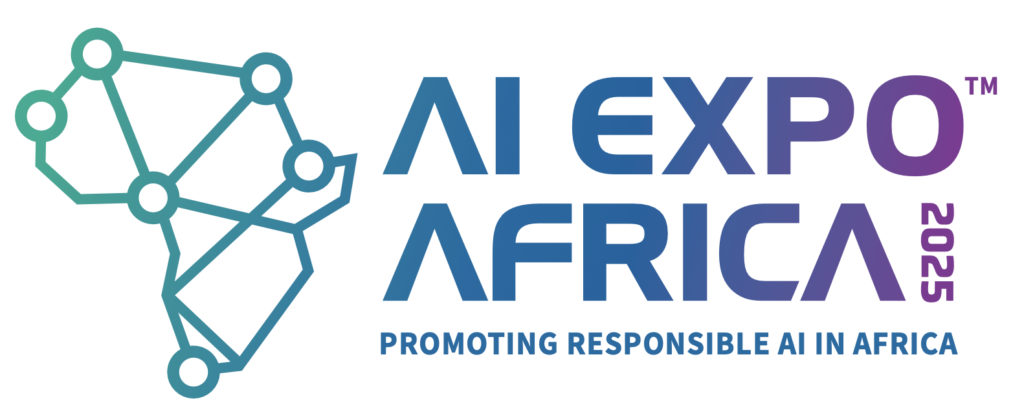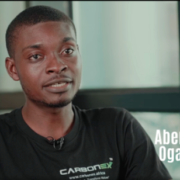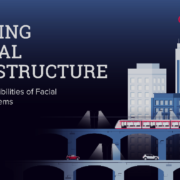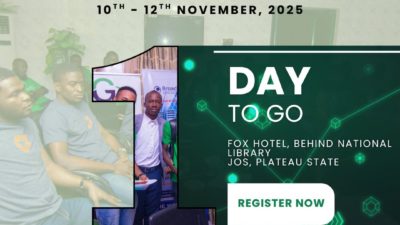Electric vehicle sales are defying expectations, surging 20% year over year even after federal tax credits expired. What’s fueling this growth isn’t marketing or incentives but word of mouth. With nearly five million EVs now on U.S. roads, everyday encounters—a coworker offering a test ride, a neighbor charging in their driveway, a friend talking about skipping gas stations—are reshaping perceptions faster than any ad campaign. Sector analyst Justin Fischer says this social tipping point marks a new phase in EV adoption, where peer influence is driving the market more than policy ever could. Interest in connecting on it?
~~~~~~~~~~~~~~~~~~~~~~~~~~~~~~~~~~
Peer Influence, Not Marketing, Is Fueling the Electric Vehicle Boom
The expiration of the federal EV tax credit was supposed to slam the brakes on electric vehicle adoption. Instead, 438,487 battery electric vehicles were sold in the third quarter of 2025, a 20% jump from the previous year’s record. EVs claimed 10.5% of all new car sales in America, and while the fourth quarter will likely see a temporary dip to 6-8% market share, a more significant shift is underway.
RELATED: Delta State considers investment in electric vehicles
With nearly 5 million EVs now on American roads – up from just 1.3 million in 2021 – a powerful network effect is emerging in the car market. EVs are no longer selling themselves through government incentives; they’re selling themselves through dinner table conversations and lunch break outings.
This organic growth is being fueled by a simple reality: more Americans personally know someone who drives an EV. That family member who raves about never visiting gas stations, the coworker who offers a quick ride to lunch, the neighbor charging in their driveway – these everyday encounters are reshaping perceptions faster than any ad campaign could.
The temporary sales slowdown in Q4 masks what’s building beneath the surface: a self-sustaining momentum that’s poised to drive a complete rebound in EV sales before the end of 2026.
That family member who mentions how easy it is to charge overnight, the coworker who offers a spirited ride to lunch, the neighbor with the latest and greatest – these everyday encounters are reshaping perceptions quickly. The temporary sales slowdown in Q4 masks what’s building beneath the surface: a self-sustaining momentum that’s likely to drive a complete rebound in EV sales before the end of 2026. So, how’s it all coming together?
Powerful forces are amplifying this word-of-mouth effect
Three powerful forces are amplifying this word-of-mouth effect. First, EV owners have become the industry’s most effective advocates. A McKinsey study found that 76% of US EV owners plan to buy another electric vehicle, while global research from the Global EV Alliance reports an even more striking 92% loyalty rate.
Simply put, most EV drivers aren’t reluctant converts, they’re more likely than not to become EV loyalists. Every test ride, every casual mention of lower maintenance costs, every story about instant torque and serene driving becomes a persuasive testimonial that no marketing campaign can match.
Second, charging infrastructure has quietly reached a tipping point. With 63,300 DC fast charging stalls now operating across 13,600 locations nationwide, reliable charging is becoming the norm rather than the exception. Networks like Tesla, IONNA, and the GM-EVgo partnership with Pilot and Flying J are transforming interstate travel and daily charging into no-nonsense experiences.
More importantly, as chargers appear in neighborhoods, shopping centers, and familiar rest stops, they’re a constant reminder that EVs are here to stay, and the infrastructure is ready.
Affordability is democratizing access
Third, affordability is democratizing access. The 2026 model year will bring faster-charging, longer-range EVs to market for around $30,000, including the revived 2027 Chevrolet Bolt, the already popular Equinox EV, and the all-new Nissan LEAF. EVs can no longer be dismissed as toys for the wealthy.
Together, these factors create a self-reinforcing cycle. Satisfied owners recommend EVs to friends and family. Those new buyers discover nearby chargers and affordable options they didn’t know existed. They become advocates themselves, and the network grows. The 2026 sales rebound won’t be driven by reinstated tax credits or government mandates – it will be powered by the most trusted form of marketing ever invented: a recommendation from someone you know.





























